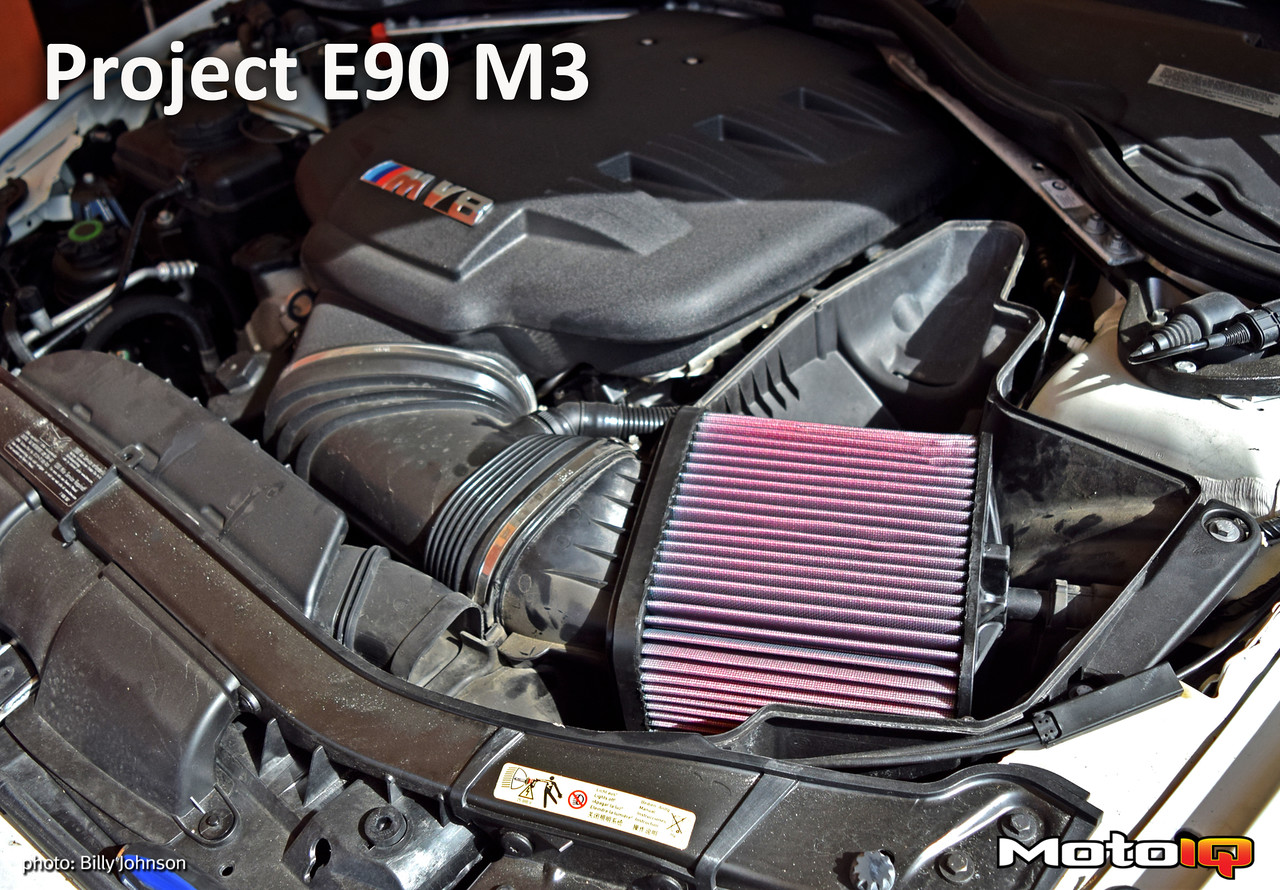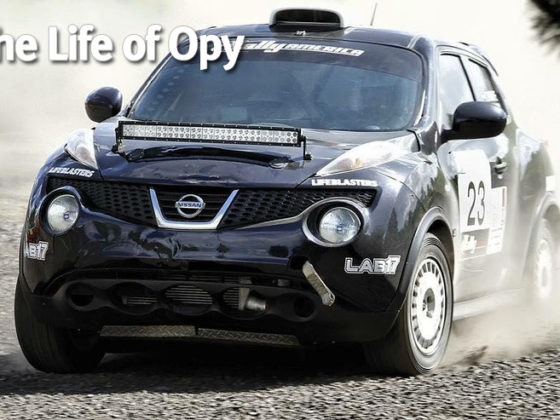
After a quick turnaround and with the K&N filter installed, we were ready to turn the drum of Power by the Hour’s Dynojet once again.
 The K&N filter gave us a clear increase across the board with a 6.5lb/ft of torque gain below 4,500rpm and a massive 14lb/ft at 5,500rpm. Peak power was increased by 13.84hp to 363.40hp with a maximum gain of 16.33hp at 5,500rpm.
The K&N filter gave us a clear increase across the board with a 6.5lb/ft of torque gain below 4,500rpm and a massive 14lb/ft at 5,500rpm. Peak power was increased by 13.84hp to 363.40hp with a maximum gain of 16.33hp at 5,500rpm.

The K&N filter pull (in Green) made more torque up to 5,250rpm than the optimal 72*F pull (in Red) which took off due to its ideal test conditions. Keep in mind the hot baseline (in Blue) was almost the exact same configuration as the red pull.

Here are the test conditions that explain the power increase of the Red pull due to 72.92*F and 0% humidity conditions. Our new hot day baseline had 96.06*F weather and 44% humidity, while our K&N test pull had the temperature rise 5*F with the humidity dropping by 10%.
It’s hard to beat a 13.84hp gain from 10 minutes of work for not that much money. This wasn’t our first time testing K&N Filters. We yielded a 23whp and 7lb/ft of torque increase from the K&N Typhoon High Flow Air Intake on Project Lexus IS-F

We also had great success from K&N panel filters on Project Viper GTS:
 &
&
KN’s filter media out flows both paper and foam elements. On Project Viper, the OEM filter combined both paper and foam which made for a really restrictive factory setup.

Project Viper GTS increased its peak power by 14.55whp and 12.76lb/ft of torque with a maximum of 20lb/ft increase at 4,100rpm from filters alone.



